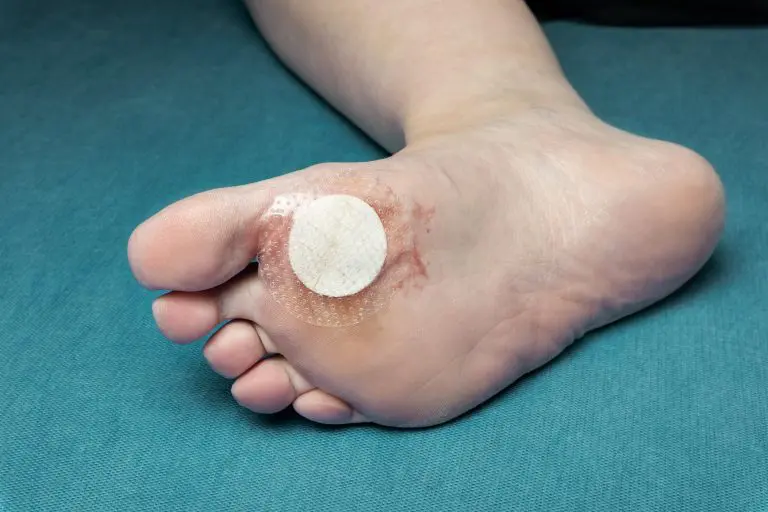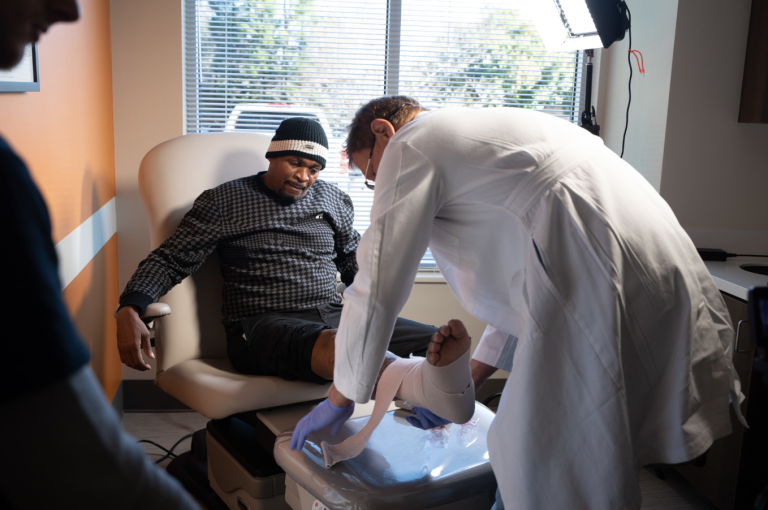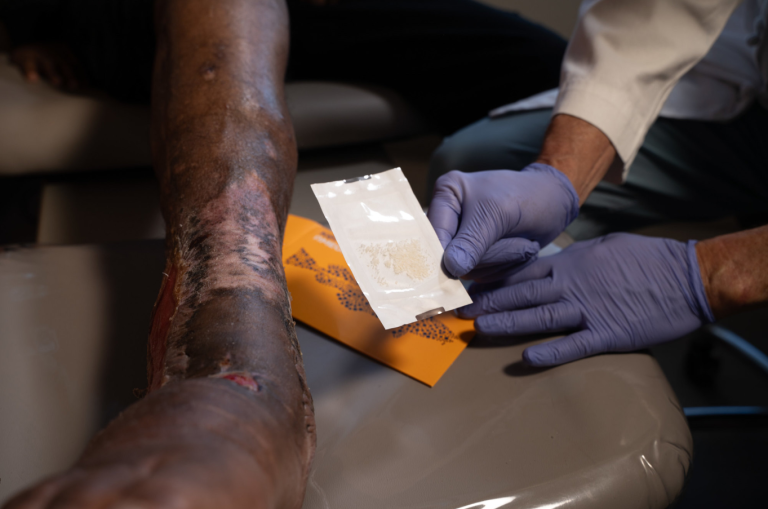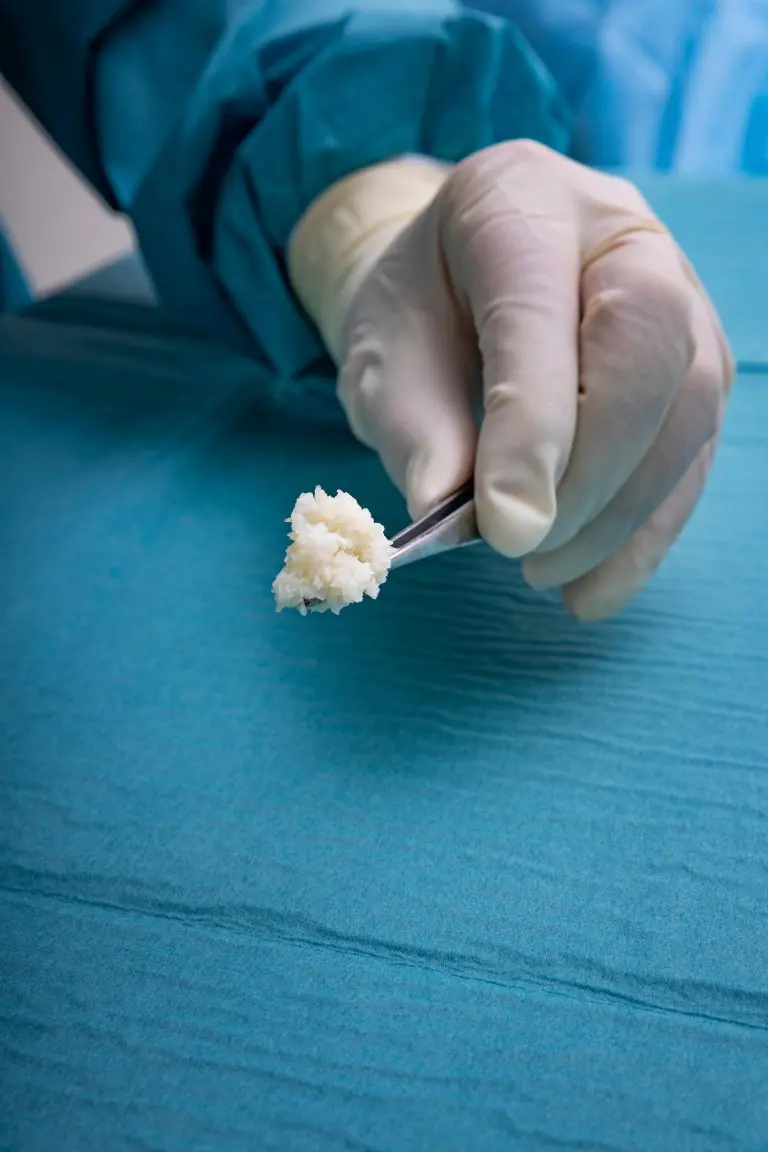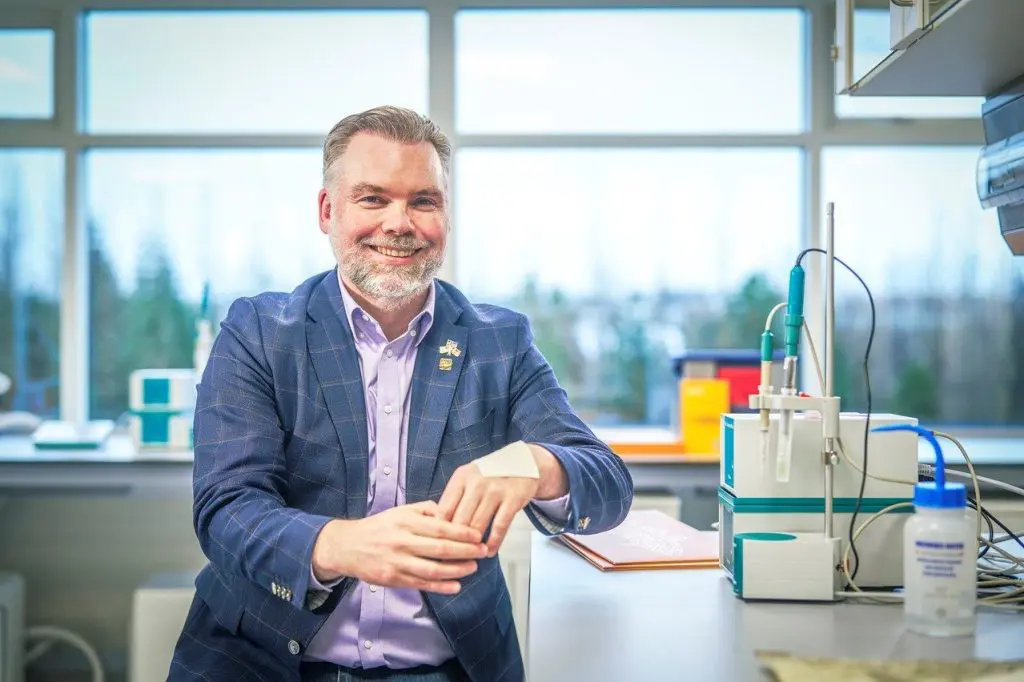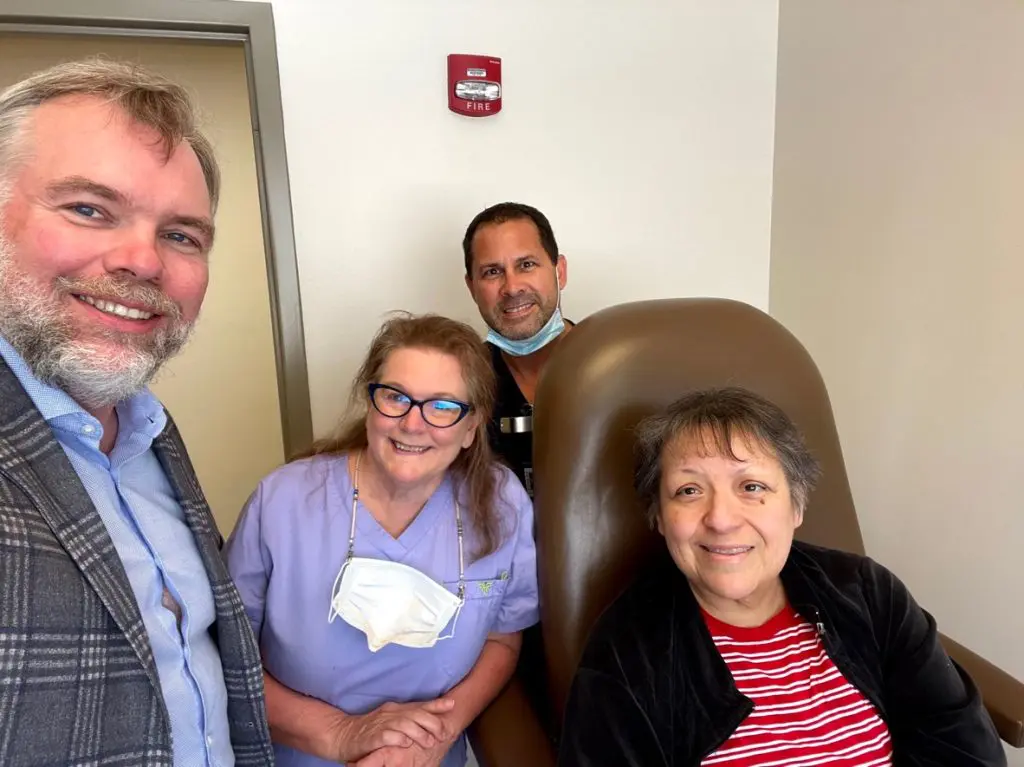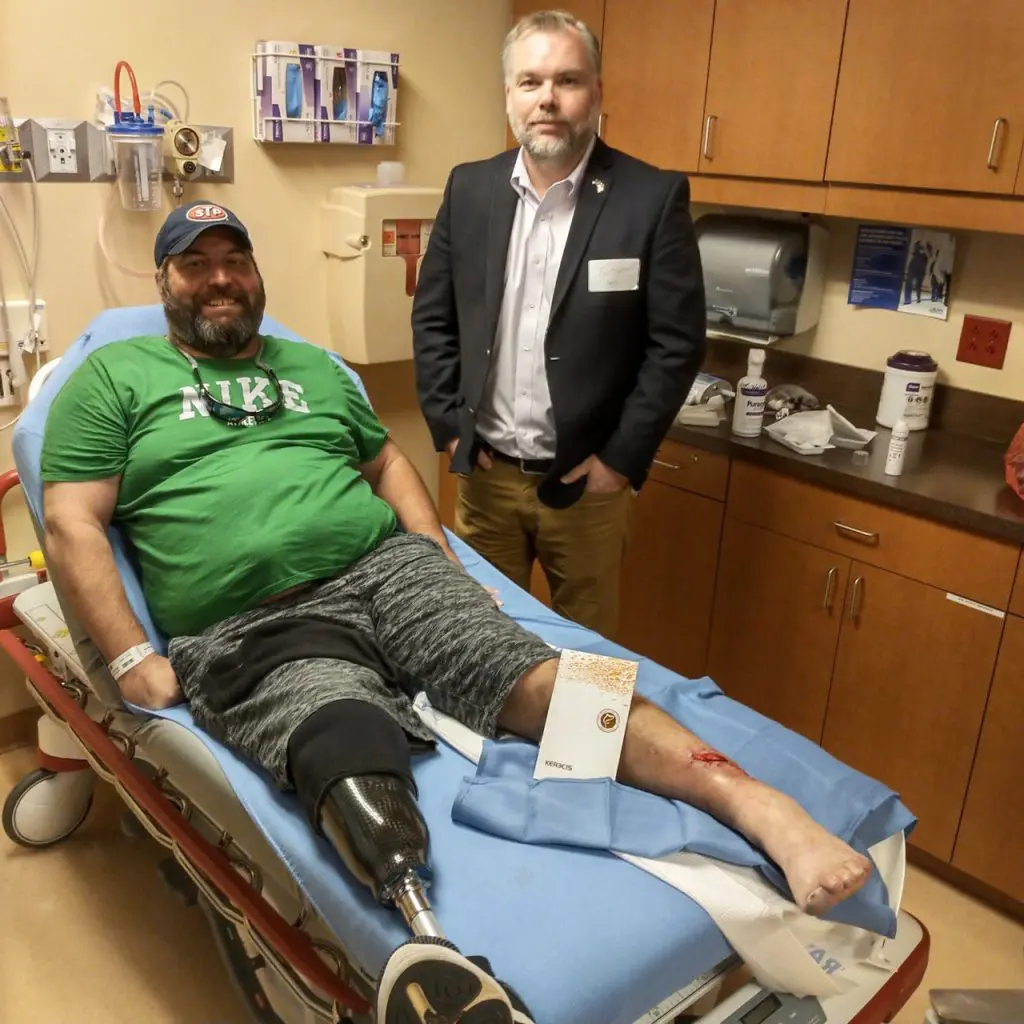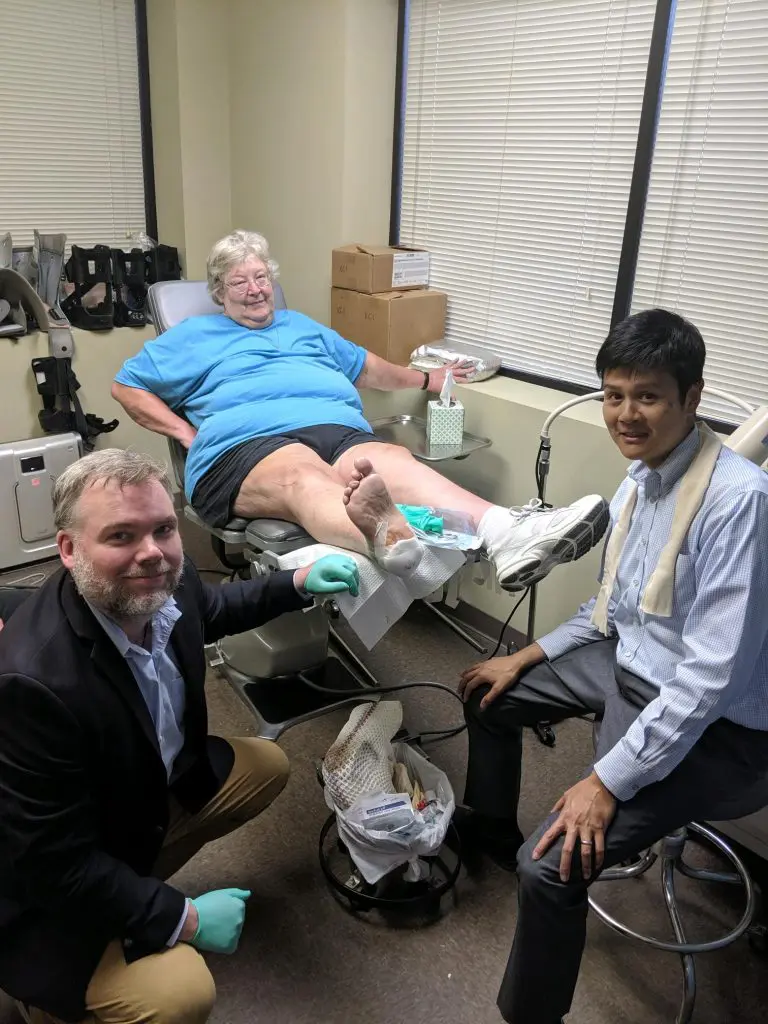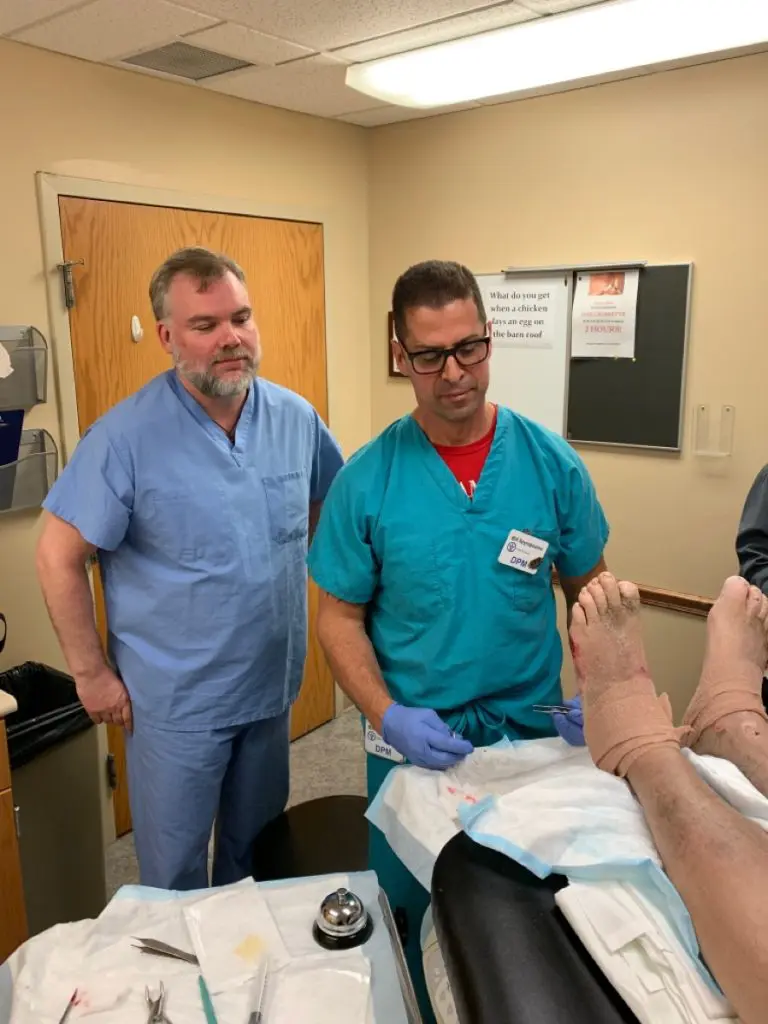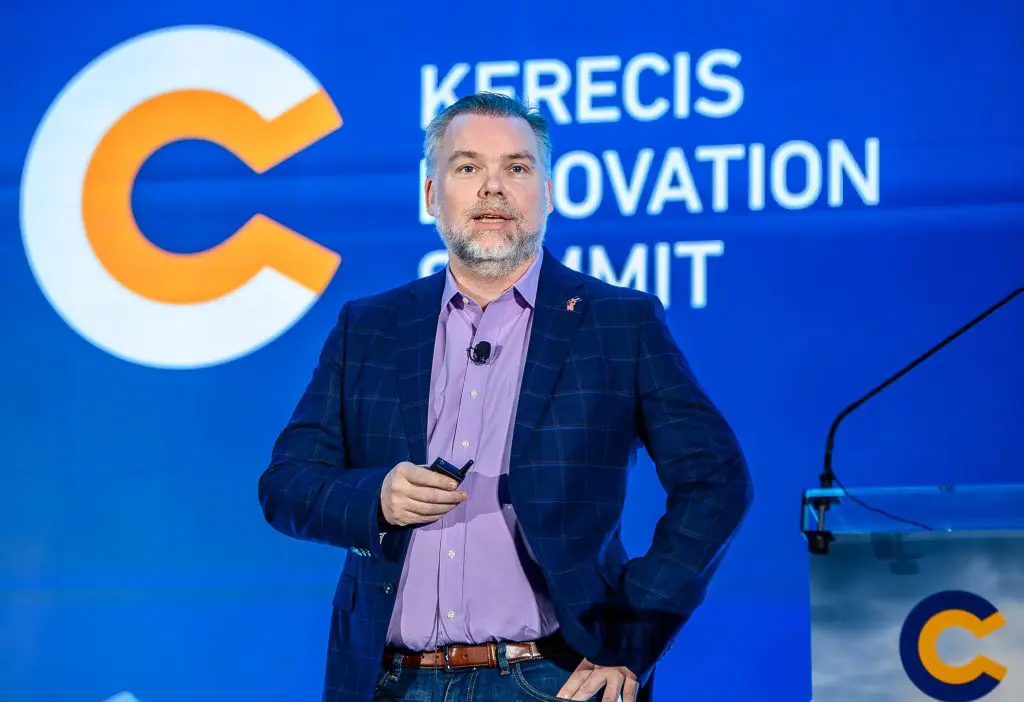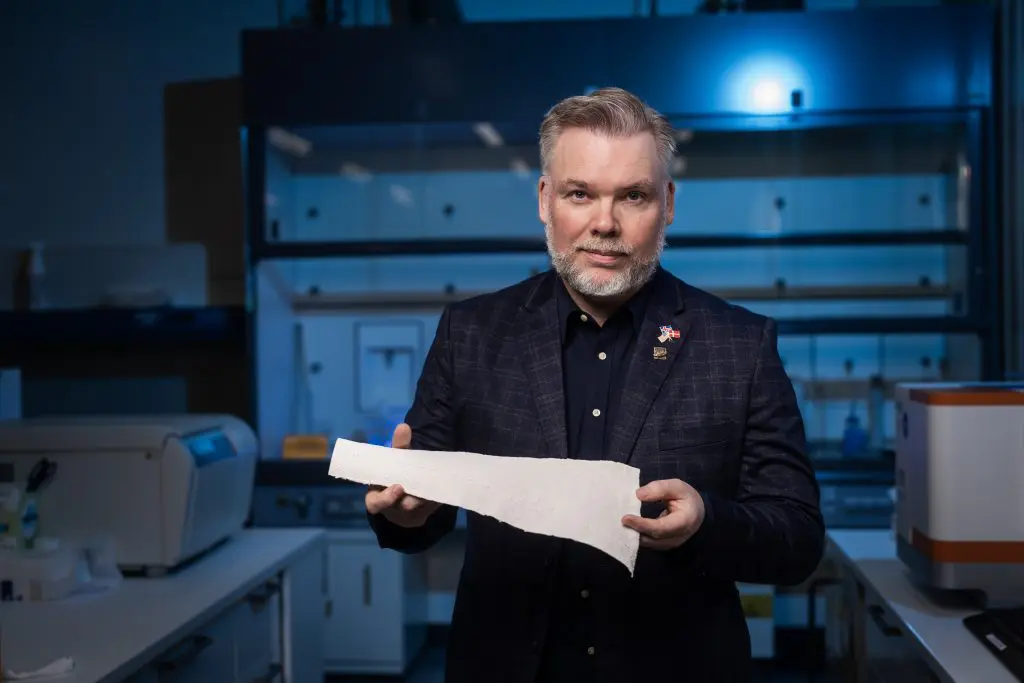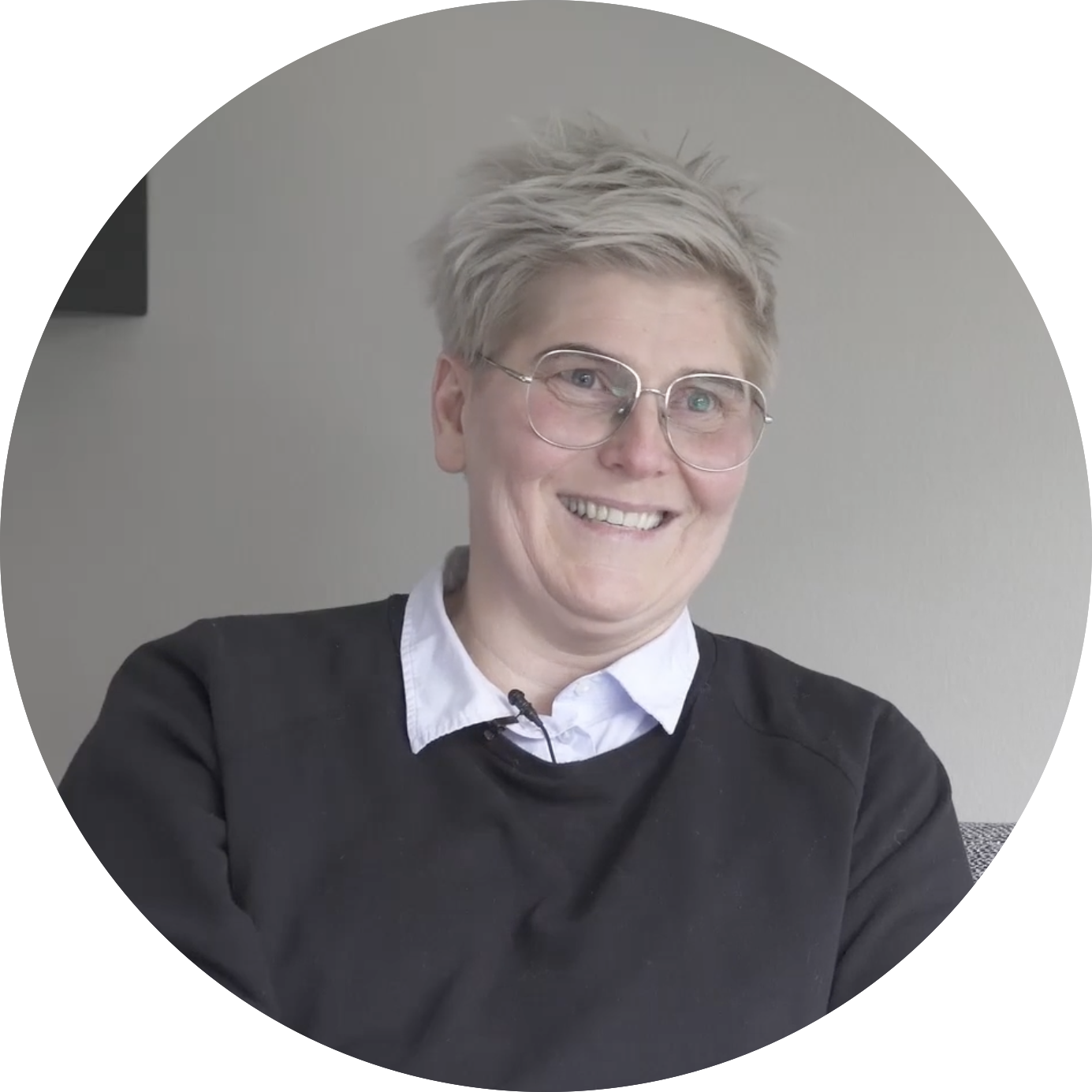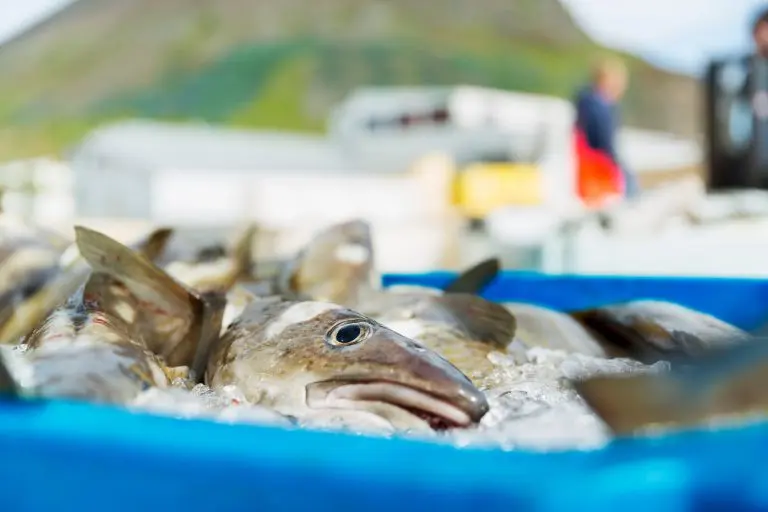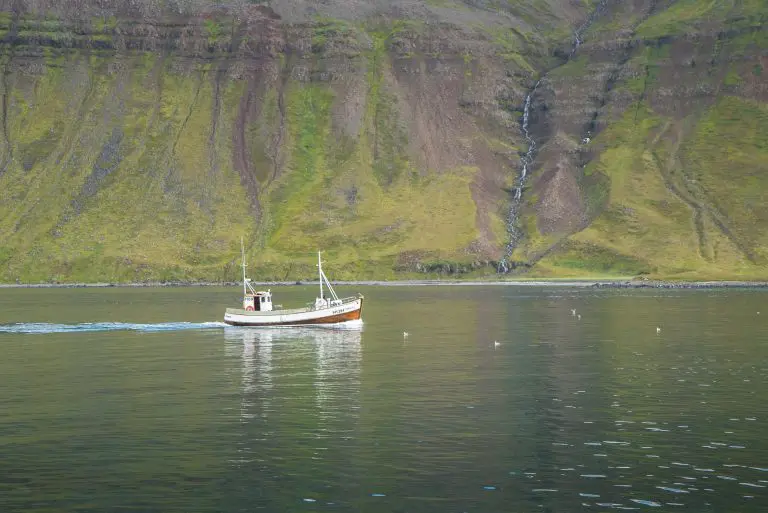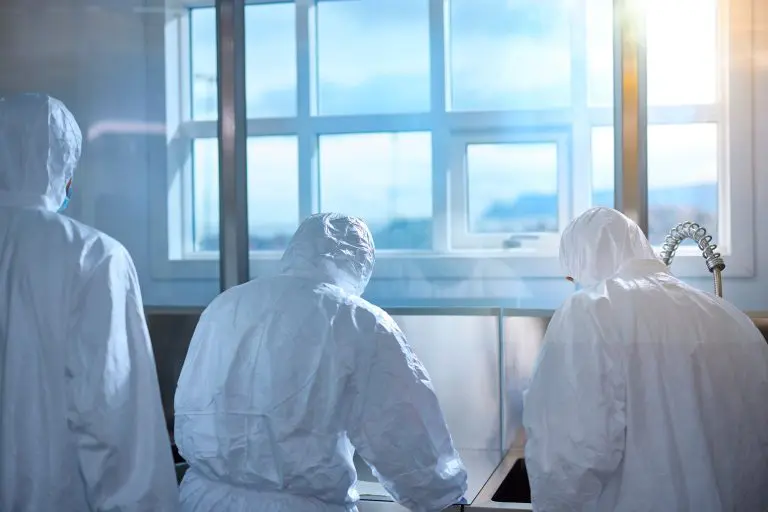What is Kerecis fish skin?
Kerecis produces its medical device-classified fish-skin grafts from North-Atlantic cod fish skin.
Kerecis fish skin is used to support tissue regeneration in surgical, traumatic, chronic and acute wound applications, including burns.
Kerecis fish skin is the only regulatory cleared manufacturer of fish skin-based medical devices for tissue regeneration in the world.
Kerecis medical device products are authorized for sale in the United States, Europe, South-America, Asia and several other jurisdictions. Thousands of patients are treated annually with the Kerecis technology.
Kerecis fish skin grafts are not available over the counter. Effective wound preparation, including debridement, prior to application of the medical fish skin is crucial for the healing to start. Therefore, Kerecis fish skin grafts are only to be applied by medically trained physicians.
Kerecis is a part of Coloplast A/S
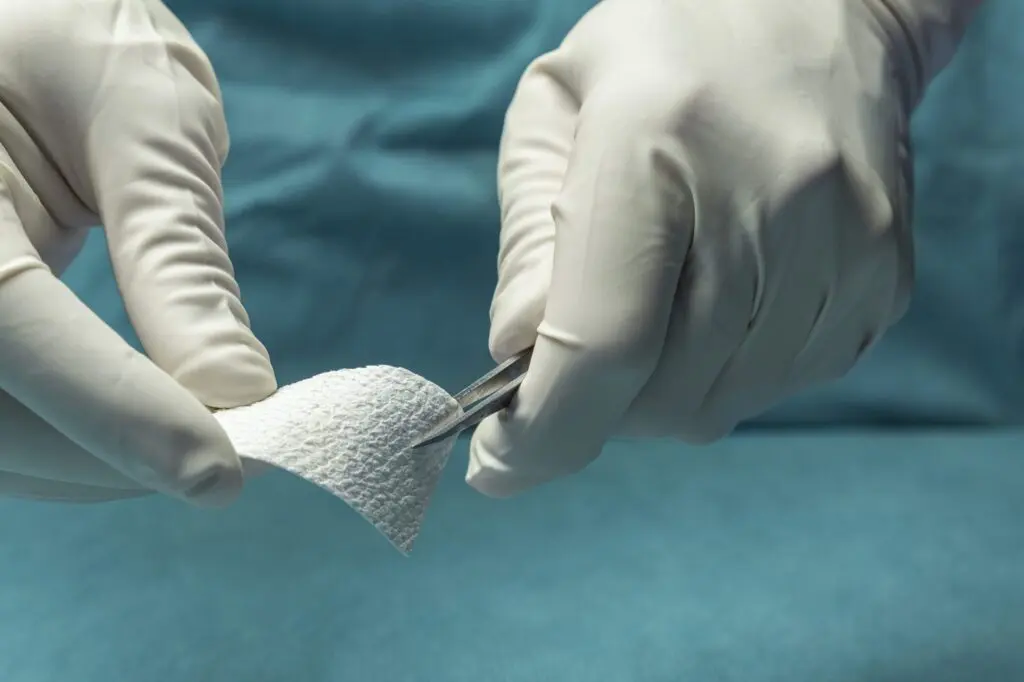
How does Kerecis fish skin work?
Kerecis fish skin grafts are strong and robust
Kerecis fish skin provides the ideal environment to help facilitate tissue regeneration. Cod skin is homologous to human skin in two important aspects: Firstly, it appears to have a similar structure with distinct layers (i.e., dermis, epidermis, and subcutaneous tissue). Secondly, the porosity of the two types of skin is comparable, which facilitates cellular ingrowth of human cells into the graft.
Kerecis fish skin grafts are strong and robust, making them an ideal skin replacement.
The cod skin is mildly processed, which means that many of the favorable elements of the fish skin such as its 3 dimensional and biochemical structure remain largely intact. Read more details below.
When grafted onto a bleeding wound, the human cells migrate into the Kerecis fish skin pores.
Because of the similarity between human skin and fish skin, the human cells penetrate the fish skin and start forming fibroblasts (connective tissue) and facilitate creation of blood vessels.
Note that in some cases, it may take more than one application of Kerecis fish skin to fully heal a wound.
This way the human body incorporates the Kerecis fish skin, where the fish skin offers elasticity.
When grafted onto damaged human tissue, such as a burn or a wound, the fish skin recruits the body’s own cells, supporting the body’s own ability to regenerate.
It takes about 5-7 days for the body to incorporate the Kerecis fish skin, eliminating device removal and painful dressing changes.
Note that, In some cases, it may take more than one application of Kerecis fish skin to fully heal a wound.
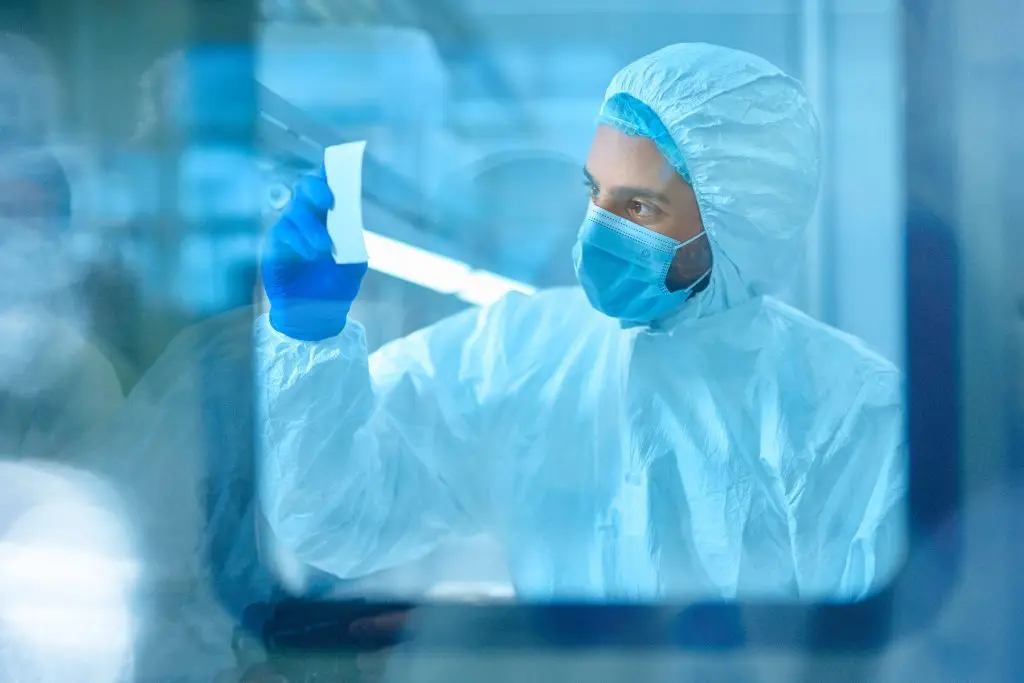
Why does cod fish skin work so well for humans?
Kerecis fish skin grafts have a composition and structure that closely resembles human skin. The similar pore sizes allow human cells to easily grow into the graft and support the healing process. (See picture below).
The ideal pore size of Kerecis fish skin enables rapid ingrowth of fibroblasts (the connective tissue) and blood vessels.
Kerecis fish skin grafts are gently processed, intact cod fish skin. The cod skin contains natural elements that are essential building bocks for wound management. The gentle processing of the fish skin means that the skin retains all of these useful elements that help the healing process but at the same time ensuring that the structure of the skin stays intact.
There is no known risk of viral disease transfer from cod to humans.
Given the low viral transfer risk the manufacturing process can be very mild and no harsh chemicals, alcohol or detergents are required to process the fish skins. Such cleaning chemicals would also remove many of the favorable substances in the fish skin and disrupt its natural structure and porosity.
There are no known religious or cultural barriers associated with usage of fish skin. As such, it is considered to be helpful for diverse communities.
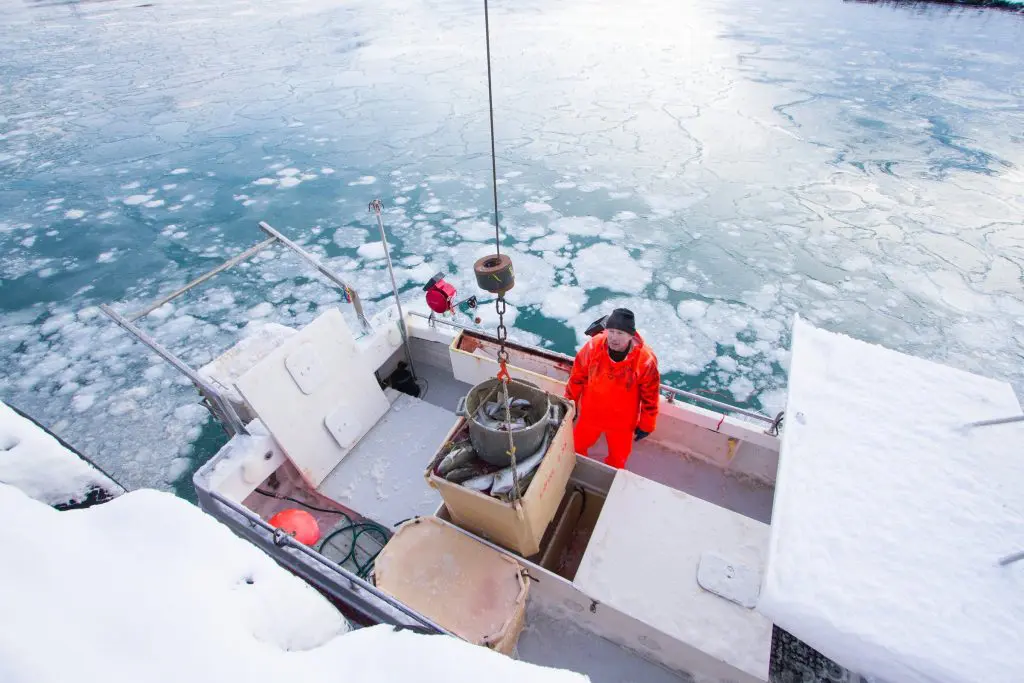
Why only North Atlantic Cod?
From Waste to Value
The Atlantic cod used for Kerecis fish skin grafts, lives wild in the cold sea around Iceland. The reason Kerecis does not use farmed fish is that these are often given antibiotics and there is a risk of these remaining in the skin, unless they undergo harsh processing.
The fish skin used to be thrown away as waste but now Kerecis uses it to create a valuable medical device.
Kerecis currently only utilizes approximately 0.04% of the Icelandic supply of Atlantic cod fish. Furthermore, no cod is caught simply for its skin. Kerecis sources the skin only from cod that has been sustainably fished for certified food producers.
The state of the pristine ocean around Iceland is very well monitored, and each fish can be traced to the exact location of where it was caught. This means that if any deviation from the quality standards of the fish stock is detected in any location around Iceland it can be traced all the way back to a single fish.
What is Kerecis fish skin used for?
Kerecis creates a broad range of product variations. These products are available in different shapes and sizes, and some are fenestrated, meshed, or even fragmented for use in irregular wound surfaces. The variety reflects the diverse applicability of the product for supporting tissue regeneration and management of traumatic, chronic, and acute wounds, including burns.
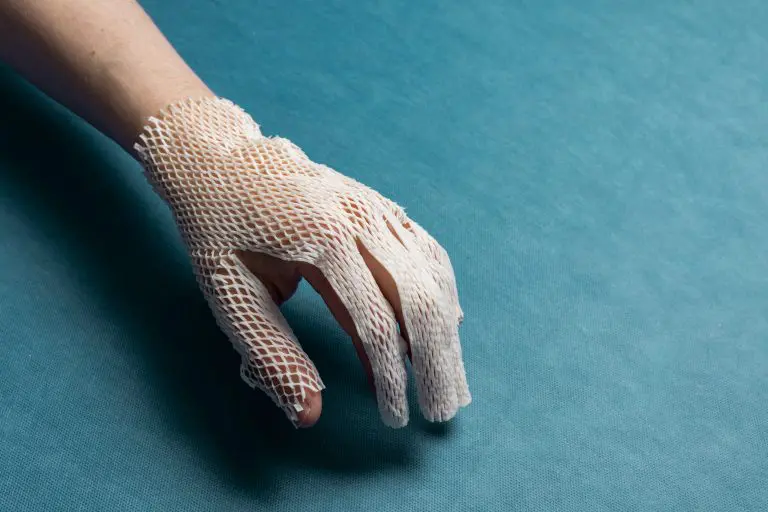
Examples of wounds that can be managed with Kerecis products
- Diabetic foot ulcer (DFU)
- Venous leg ulcer (VLU)
- Vascular Ulcer (VU)
- Pressure Ulcer (PU)
- Trauma Wound
- Burn Wounds
- Surgical Wounds
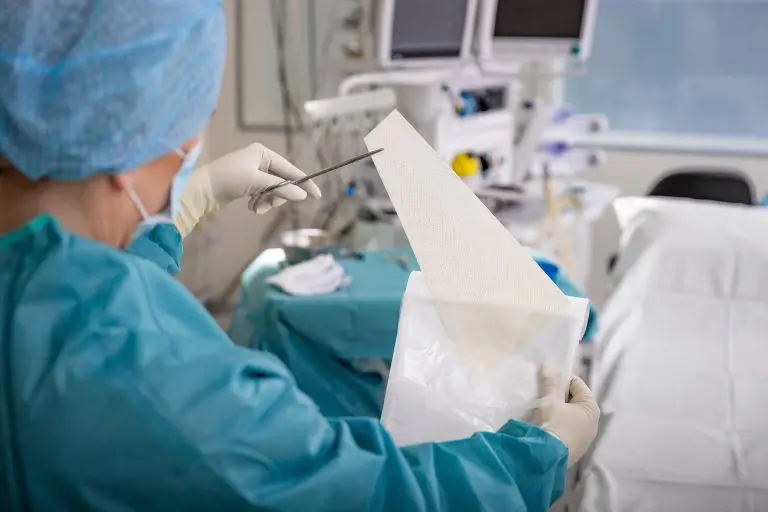
How well does it work?
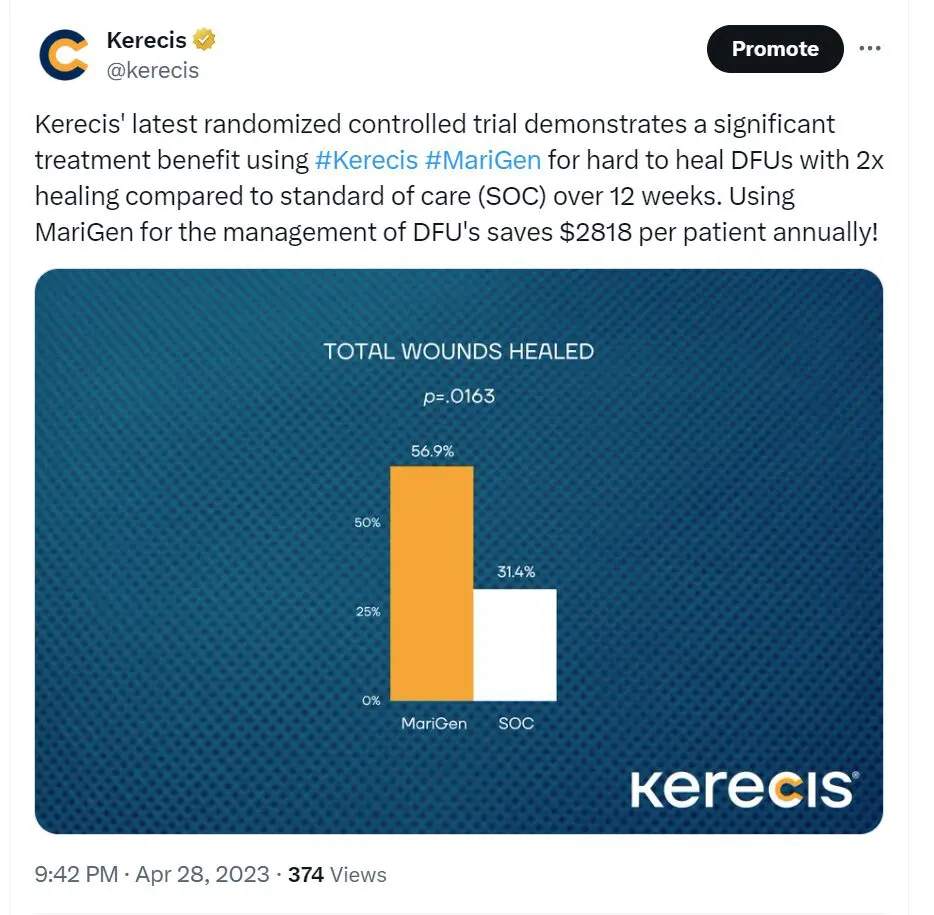
Kerecis Origins
As a child, Kerecis founder and CEO, Fertram Sigurjonsson, worked in a fish factory at a de-skinning machine for cod in Ísafjörður (“Easafjorthur”), a small fishing village in northwest Iceland. Later, he went on to work for a prosthetic company, where he learned about the seriousness of amputations.
There, he was assigned the task of trying to heal wounds resulting from the constant friction between the artificial and residual limbs.
Having tested various skin replacements, he tried human skin. To his surprise, the human skin felt similar in texture and strength to the skin he used to handle as a kid at the de-skinning machine in the fish processing plant.
Motivated by this, Fertram successfully applied for a research grant to investigate human and cod skin. The similarities turned out to be striking.
Following his entrepreneurial insight/spirit, he left his job at the prosthetics firm to set up a small research lab in Isafjordur and found Kerecis.
This research lab developed into a full-blown biotech manufacturing facility. To this day, Kerecis produces all its renowned medical fish skin products in Isafjordur and now employs more than 600 people globally, including a 260-person US salesforce.
The name Kerecis is inspired by the words “keratin” (a principal constituent of the top layer of the skin) and “genesis” (which means formation).
The Kerecis Mission
To become the world leader in tissue regeneration by sustainably harnessing nature’s own remedies.
The Kerecis Vision
To extend life by supporting the body’s own ability to regenerate.
Sustainability – From Waste to Value
The Patient App Kerecis KERS
Designed exclusively for patients, this App is the go-to source during their healing journey.
Learn how Kerecis can help you at each stage of the healing process.
Check the App for useful week-by-week information which may assist you during recovery.
Download the Patient App here.
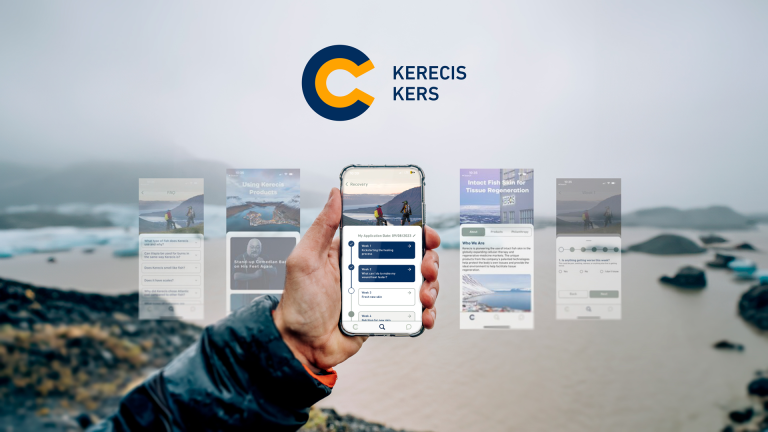
Important Information
Need more information?
From the town of Ísafjörður in northwest Iceland, Kerecis develops, manufactures, and distributes patented fish-skin medical devices that support soft tissue regeneration in the body, with regulatory clearance in the United States, Europe, and beyond.
